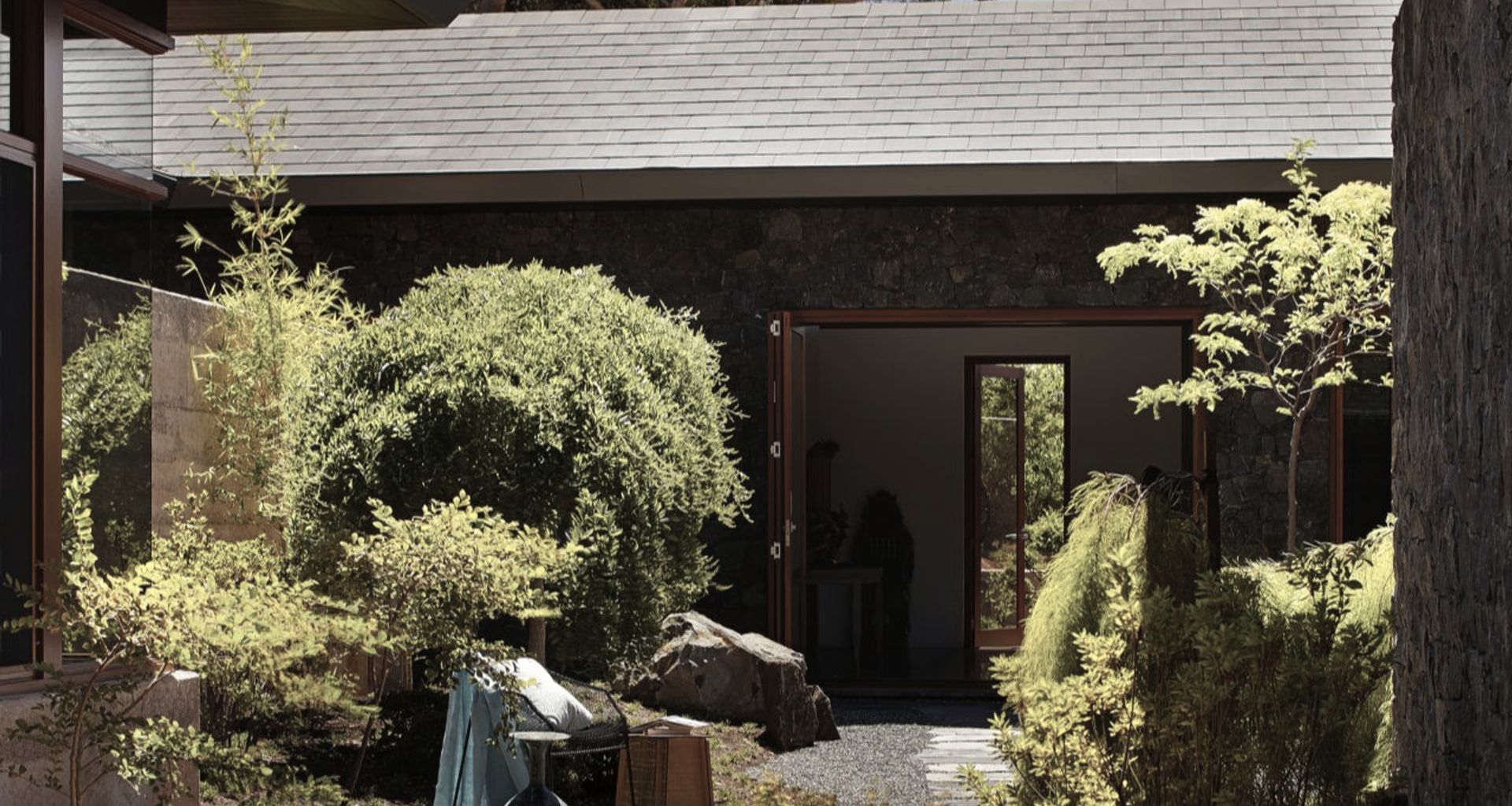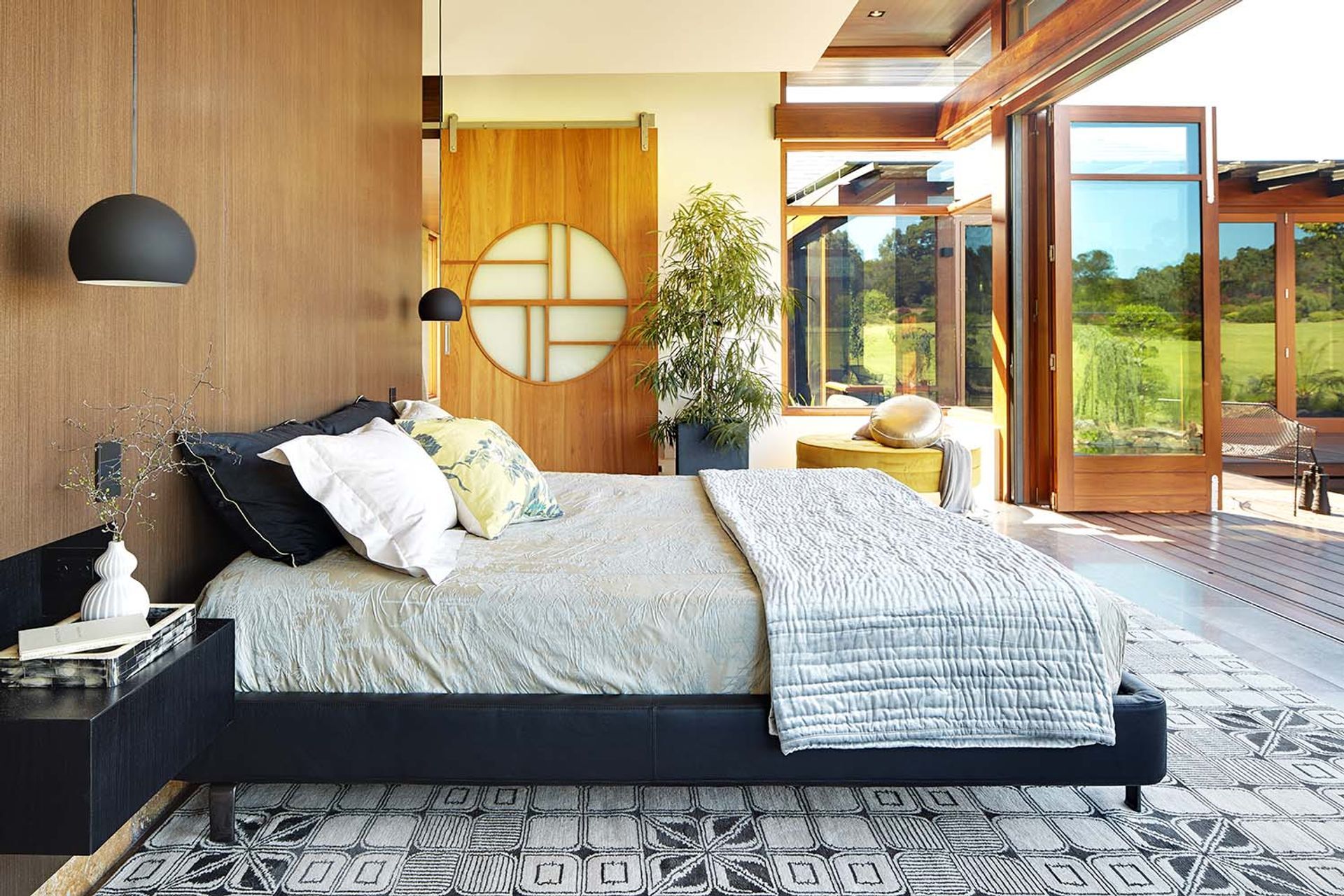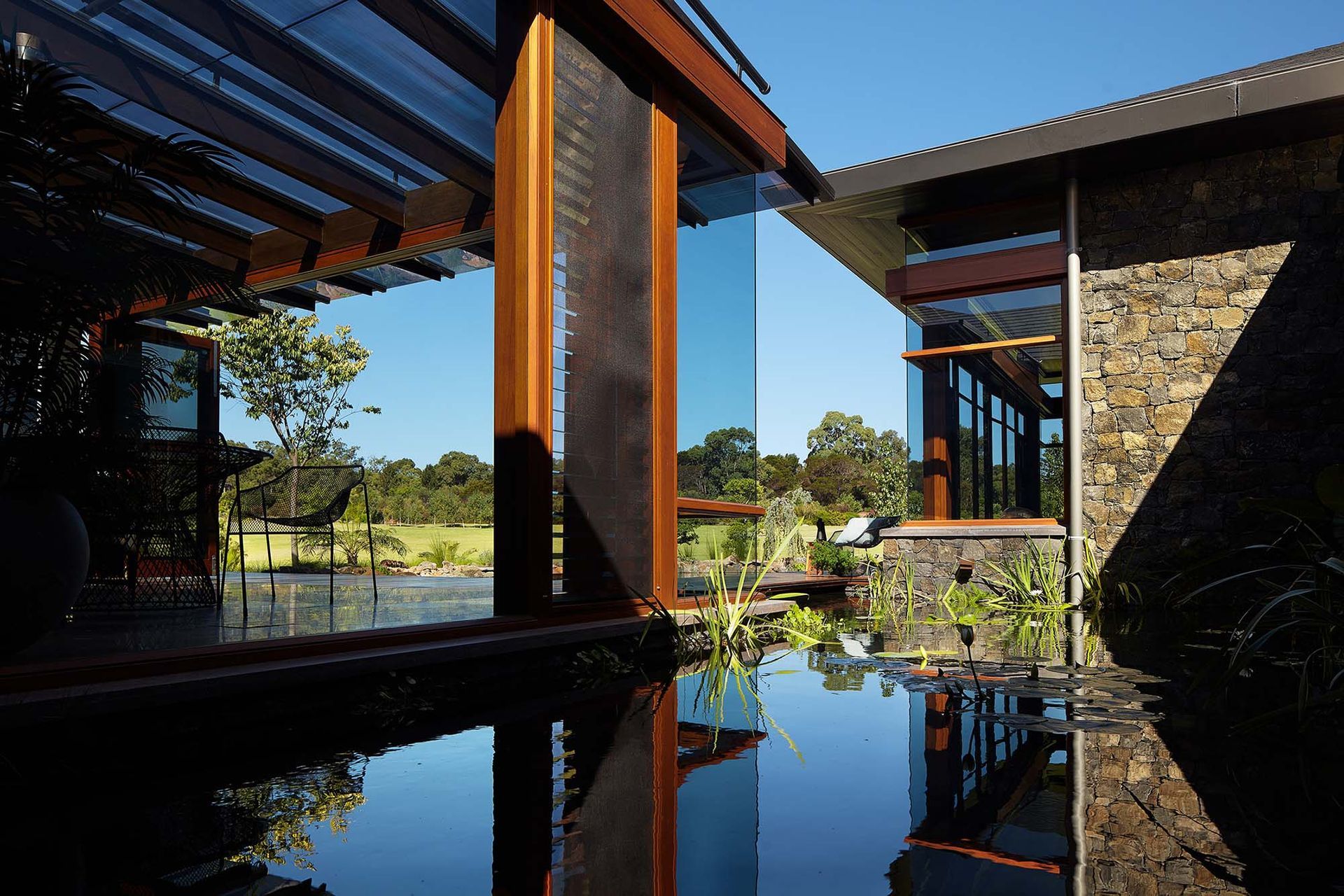Biophilic Design in your home

I love the indoor plant craze! Their lushness and colour variation lighten any room making you feel just a little more relaxed and closer to nature.
But did you know there is a design theory backed by extensive scientific evidence that a connection to nature in the spaces that we inhabit is actually good for your mental health and well-being? The theory is Biophilia and the hypothesis is that as humans we have an innate attraction to nature due to our evolutionary dependence on it for survival and personal fulfillment.
In architecture biophilic design is a sustainable strategy that complements green architecture by connecting people and nature within our communities to provide an enriching urban environment that is multisensory. As the world’s population continues to urbanise, we are spending up to 90% of our time indoors. Biophilic design points the way toward creating healthy and productive places for the way we live now.
There is ample evidence where incorporating biophilic design principles is not just a luxury, but a sound economic investment based on well-researched neurological and physiological evidence.
The research suggests that interiors that have natural light, good airflow, access to views of nature, complemented by the use of warm, natural materials – like timber, stone, brass and leather, along with sensitive lighting, and the inclusion of our beloved indoor greenery are better for our health and well-being – making us feel less stressed, more relaxed and more productive. Imagine, hospitals designed to help patients heal more quickly, offices that boost creativity and productivity, schools that improve learning, or homes that evoke a sense of calm and retreat.
As a country with an aging population and an increasing prevalence of young people presenting with mental health issues, I find the proven benefits of biophilic design extraordinary and a must have in any project.


